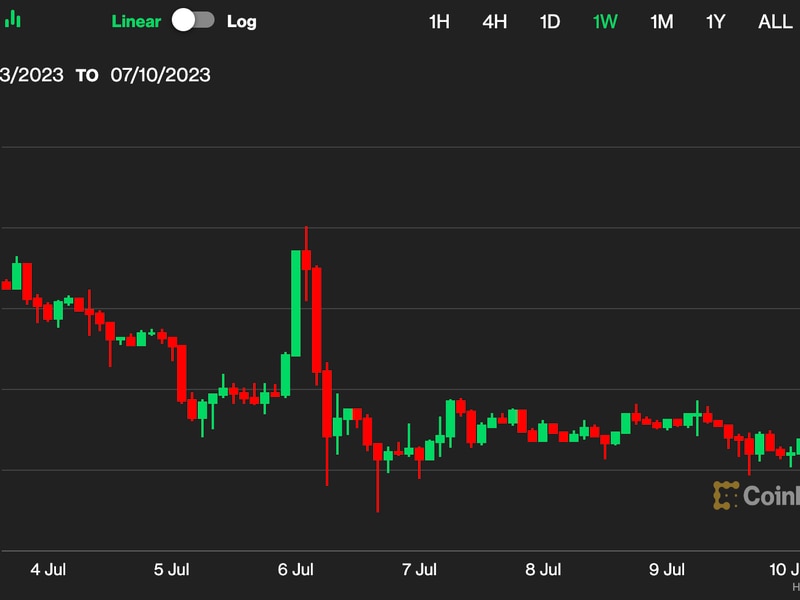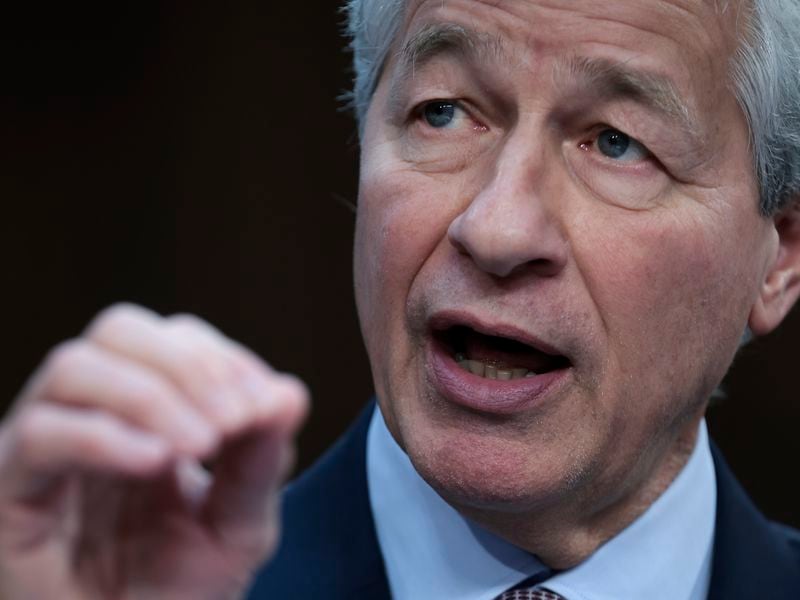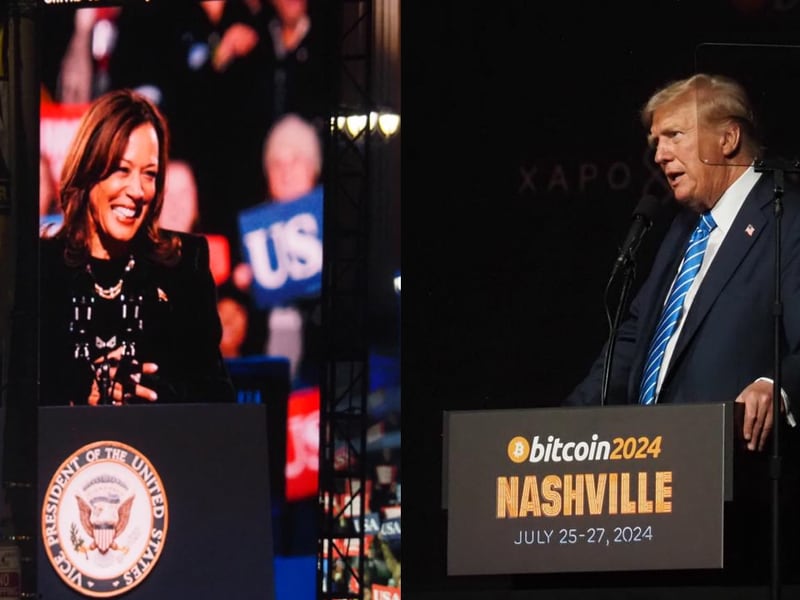Pass the Stablecoin Bill Now
On July 27, H.R. 4766, the Clarity for Payments Stablecoins Act of 2023, passed out of committee with a bipartisan vote and now heads to the floor of the House for consideration. This means the United States, after years of inaction, now faces a historic opportunity to expand the reach of the dollar and financial access, both here and globally.
Stablecoins, which are the representation of a unit of fiat currency on a blockchain, have lacked any federal regulatory clarity in the United States to date despite having been created almost a decade ago, in 2014. This definition also reveals something very important about fiat-backed stablecoins in particular: they are old and understood financial products (stable value products) using new technology (blockchain).
Austin Campbell is the founder and managing partner of Zero Knowledge Consulting, and an adjunct Professor at Columbia Business School.
After the financial crisis, there was a significant period of reform in financial markets, where we gave preference to price stability products that worked properly, such as government money market funds or stable value funds, and penalized, restricted, or increased capital for those which did not work properly, such as deposits at highly leveraged banks, prime-money market funds, or securitizations. This means we know how to define safe, stable reserves for a stablecoin that are not a threat to financial markets, and H.R. 4766 does this.
At the same time, despite the lack of clarity and regulatory animus towards stablecoins in the United States, the space has grown internationally from zero to well over $100 billion in less than a decade. Every dollar that flows into stablecoins is funding for the U.S. Treasury at a time when we desperately need it. Every dollar that flows into stablecoins is a dollar that can leave an exploitative local financial system, or a high priced intermediary, and flow into a simple, transparent, cheap option if structured like the payments stablecoins in H.R. 4766.
Non-U.S. jurisdictions have realized the power of this innovation and are racing to take advantage of it. Singapore’s MAS has granted a payments license to Circle. Stablecoin projects are launching in Bermuda, in the UAE, and First Digital has already launched a USD stablecoin in Hong Kong. Tether, perhaps the biggest beneficiary of the U.S. antipathy towards stablecoins, has existed in amorphous offshore form since 2014 and now controls $80 billion in assets. It recently reported profits for Q2 of more than $1 billion.
This means that the decision we face in the United States is not Yes to stablecoins vs. No to stablecoins. It is ‘yes’ to stablecoins vs. ‘yes’ to stablecoins offshore. That stablecoins will proceed elsewhere means this is a critical decision for the United States from both a national security standpoint and a financial stability one.
Onshore stablecoins, where the United States regulates the issuer, means that we will have the ability to perform client due diligence and understand money flows on every individual and corporation engaging in the minting or burning of the stablecoins, giving us concrete knowledge of the starting point and ending point of every transaction that touches traditional dollar rails after being on a blockchain. It also means that we can ensure the reserves are transparent, segregated, properly managed, and put into instruments that are both stable for consumers and help fund the U.S. government and economy at a time of rising rates and growing deficits.
In a worst case scenario, if the United States does not act, it also risks having the dollar no longer be the defining unit of account for crypto and blockchain. Perhaps it could be the euro, owing to the passage of MiCA? Perhaps it could be the yuan, owing to China re-opening Hong Kong as a crypto hub and embracing the technology once more?
Tether is the biggest beneficiary of U.S. antipathy towards stablecoins
Certainly, the global share of reserves held in dollars have been falling and the BRIC nations have been actively searching for alternatives to continued use of the dollar, including blockchain-based solutions. A future where several decades forward blockchain technology is the backbone of financial services, but dollars are barely used and all of the information about the individuals or corporations transacting are in the hands of foreign governments who may not be friendly to the United States is a bleak one for both the U.S. economy and the strength of the dollar.
On the flip side of the coin, if H.R. 4766 is passed, the United States will have a regulatory framework that is likely best-in-class globally. Stablecoins will have federal recognition, with smaller projects able to be regulated at the state level allowing for experimentation, but larger projects eventually being drawn into the federal regulatory apparatus. The payments stablecoins allowed within the bill will be transparent, conservatively reserved, with prudential oversight and clear rules around redemption and consumer protection. In short, they will work exactly like what they are supposed to represent: safe, secure dollars on a blockchain.
This is why it is paramount for the United States to act, as we cannot risk creating a future where it becomes a bit-player in global markets. In that light, the arguments against advancing the stablecoin bill simply do not hold water. Stablecoins are not a systemic threat, as they are financial instruments we are already familiar with, merely using different ledger technology.
The only losers if H.R. 4766 advances are entrenched incumbents, like Tether, charging exorbitant fees of those who wish to use our financial system for payments. I will shed no tears on their behalf, and would urge the House and the Senate to embrace open, fair competition where the U.S. is able to unleash innovation and our drive to bring better financial technology and inclusion to the world.
Edited by Ben Schiller.









